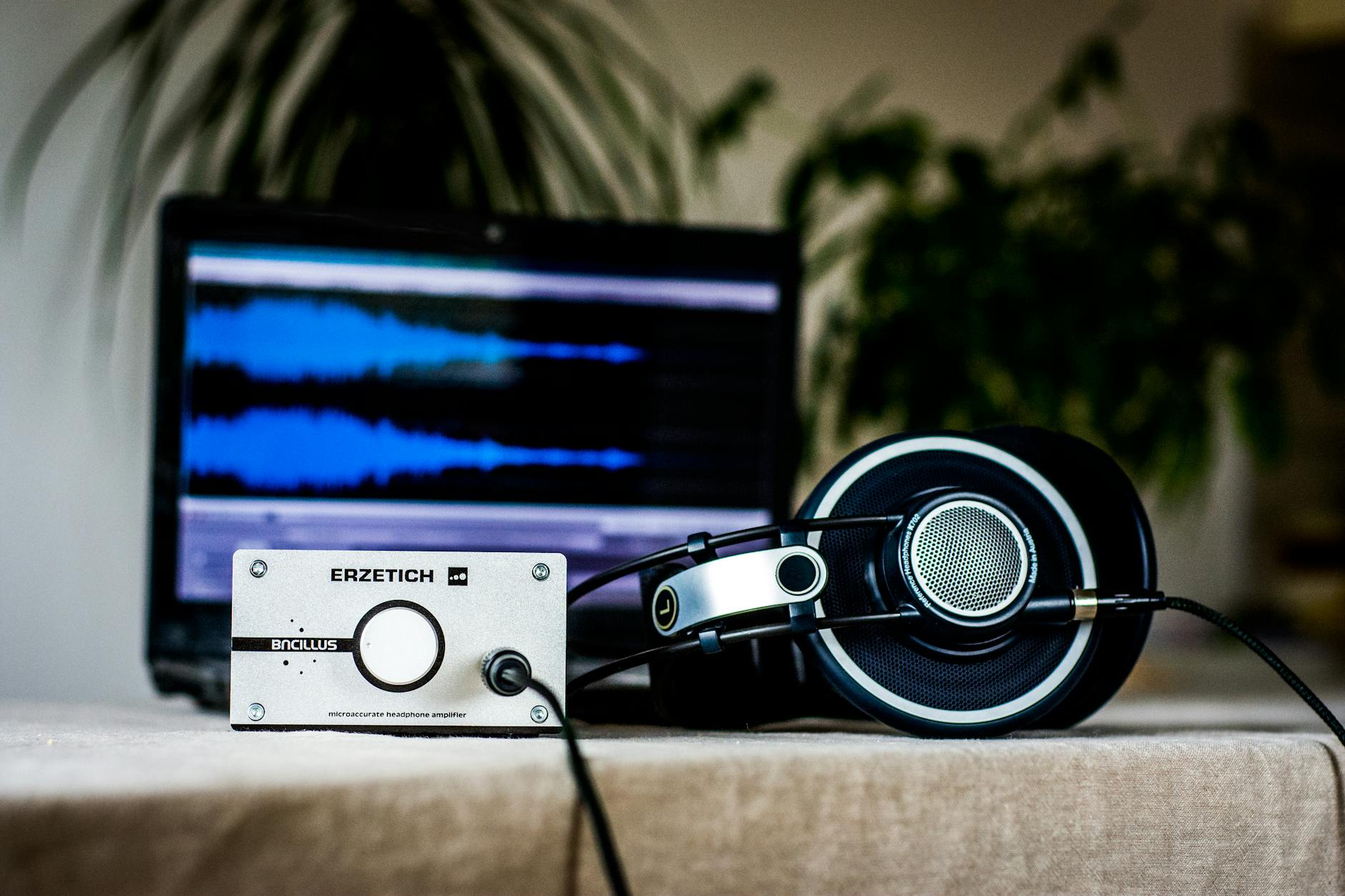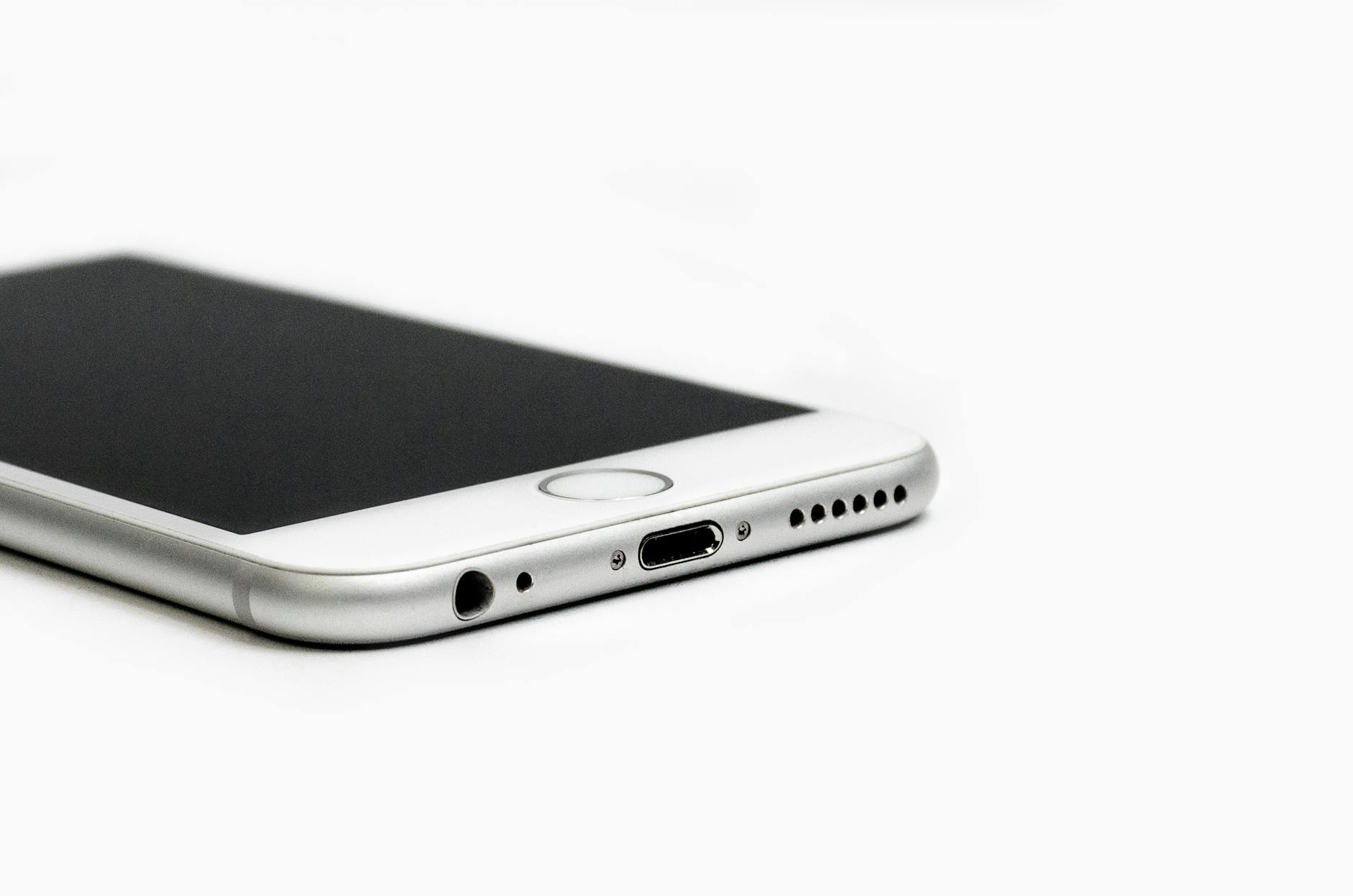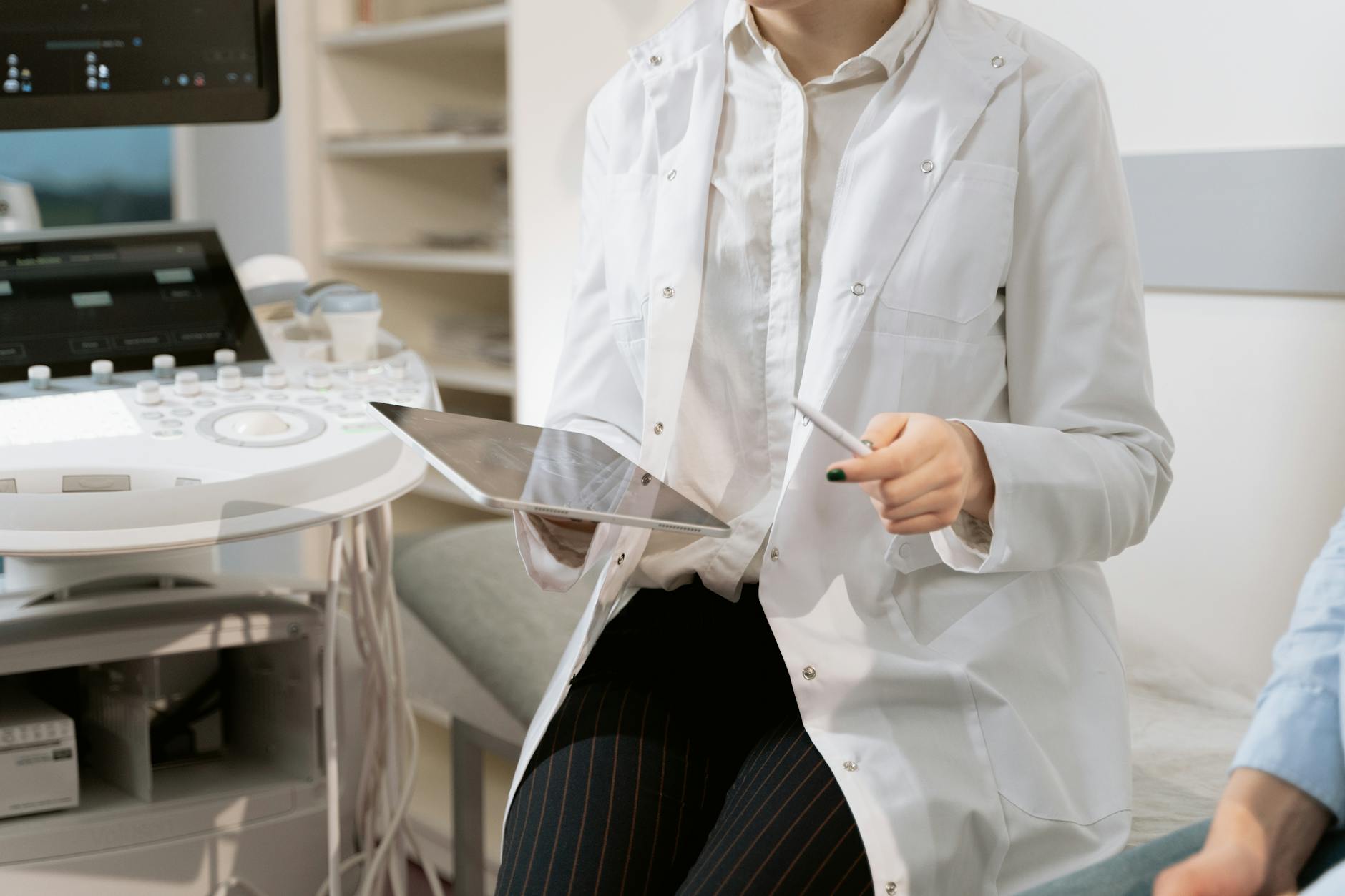How to Enhance Live Sound Experiences in Australia

Mastering Sound Technology
Explore Advanced Loudspeakers
In the dynamic world of audio engineering, staying abreast of the latest loudspeaker technology is essential. Advanced loudspeakers are not just powerful; they are pivotal for delivering unparalleled sound quality at events. Participating in gigs at notable locations like The Tivoli in Brisbane has shown me firsthand the impact of cutting-edge equipment on overall sound performance. These loudspeakers are crucial for live event work, as they ensure that every note and beat is heard with crystal clarity.
Universal Remotes: Benefits and Use
Using a universal remote, you can efficiently manage multiple audio devices, a practice that fits right into the fast-paced environment of live audio setups. The convenience and control offered by these remotes streamline workflows, making them invaluable during hectic setups and soundcheck periods. I've found that having a universal remote enables quick adjustments to sound levels and effects, which is crucial in delivering a seamless audio experience.
Upgrading Equipment Regularly
Regularly upgrading equipment can seem daunting, especially when budget constraints and ever-evolving technology present challenges. However, the benefits far outweigh the difficulties. Upgrading ensures compatibility with the latest tech and maintains audio quality at its peak. I recommend continuously evaluating your gear and seeking opportunities to update, much like how sound technicians at the Queensland Performing Arts Centre maintain their systems to cater to evolving audience expectations. This proactive approach will help you stay ahead in the field.
Optimizing Venue Acoustics
Venue Size Considerations
When working with various venue sizes, especially in Brisbane hotspots like the Fortitude Valley live music hubs, the acoustics can dramatically influence the overall sound quality. This makes the selection of the right audio setup crucial. In smaller venues, compact loudspeakers can be incredibly effective; they deliver clear sound without overwhelming the space. They need to be strategically positioned to ensure every corner gets sound coverage, avoiding dead spots. On the flip side, larger venues require more robust configurations to maintain audio clarity and volume balance. It’s critical to evaluate the speaker dispersion patterns and place them in a manner that optimizes sound spread throughout the venue.
Acoustic Treatment Techniques
Effective acoustic treatment can transform any space into an optimal listening environment. Bass traps, diffusers, and absorptive materials are essential tools in managing reflections and standing waves. These treatments help control excessive reverb and echo, ensuring that both live music and recorded sound blend seamlessly. I've often worked in places with challenging acoustics, like the Queensland Performing Arts Centre, where systemic tuning and strategic treatment deployment have made all the difference in creating a balanced auditory experience.
Balancing Live vs. Recorded Sound
Balancing live and recorded sound requires a keen ear and a deep understanding of the venue’s acoustic profile. Live performances need real-time adjustments to account for dynamic range and the performers' energy. Meanwhile, recorded sound generally demands a steady, consistent mix. In my experience, having the flexibility to adapt and a good grasp of the venue's nuances is essential to ensure both live and recorded elements harmoniously coalesce, delivering an immersive experience to the audience.
Real-Time Problem Solving
Handling Sound Distortions
In my experience, managing sound distortions on the fly is crucial. One memorable gig at The Tivoli in Brisbane reminded me of this when a sudden power surge caused a loudspeaker issue mid-performance. The audience noticed the shift in sound quality and it was up to me to fix it urgently. I immediately examined the signal flow and realised a faulty cable was the culprit. Swiftly swapping it out resolved the issue, bringing the performance back to its harmonic splendour. The key in these scenarios is to stay calm and methodical. Routine checks of all connections before the event can prevent such occurrences, but readiness to troubleshoot is invaluable.
On-the-Spot Adjustments
Being adept at on-the-spot adjustments is a hallmark of a skilled audio engineer. For example, at a packed show in Fortitude Valley, I once faced shifting acoustics due to an unexpectedly large crowd. The extra bodies affected the sound diffusion and absorption. I adjusted the equalizer settings in real time, refining the mid-range frequencies to ensure clarity. A responsive equalizer setup and a keen ear become essential in adapting to such dynamic environments.
Communication with Performers
Effective communication with performers is vital to ensuring seamless sound delivery. During an event at the Queensland Performing Arts Centre, I worked closely with the artist to tailor the stage sound balance to their preference. We experimented with microphone placements and volume levels, which enhanced the live experience without overpowering their vocals. Engaging with performers during setup ensures all parties are aligned, leading to a successful and harmonious show.
By applying a blend of practical knowledge and adaptability, I can enhance my work, using robust broadcast solutions and drawing on my experience to provide outstanding audio experiences.
Developing Creative Sound Designs
Customized Soundscapes
As an audio pro spending countless nights in Brisbane's vibrant Fortitude Valley music hubs, I've learned the art of crafting soundscapes that resonate uniquely with each performance. Tailoring your sound design is critical for connecting with the audience. Begin by assessing the genre and atmosphere you aim to create. For instance, if you're working with a jazz band, you’ll want to capture the rich, smooth tones of the instruments. Emphasizing high-quality microphone placement and selecting the appropriate reverb settings can make all the difference.
Incorporating Audience Feedback
Feedback from your audience is invaluable for refining your audio delivery. During live performances, I often keep an ear out for audience reactions—these provide real-time cues on how to adjust the sound for better engagement. Don't hesitate to engage attendees post-show, gathering their thoughts on the auditory experience. This practice not only improves future performances but also builds a connection with your listeners, ensuring they leave with a memorable experience and eagerly await your next show.
Using Data Projectors Effectively
Incorporating data projectors into your audio setup can elevate a performance by marrying visual and auditory elements. Having worked events at venues like the Queensland Performing Arts Centre, I've witnessed how synchronised visuals can enhance an acoustic performance, helping to articulate the theme and mood. Position your projection equipment to complement the sound delivery, ensuring neither visuals nor sound is overshadowed. This holistic approach transforms a standard gig into an immersive sensory event, leaving audiences awed and engaged.
Embracing Proven Methods
Consistent Gear Testing
In the hustle and bustle of Brisbane's vibrant live music scene, keeping your gear fine-tuned is paramount. Regular equipment testing is the backbone of any reliable performance, ensuring that your sound system performs flawlessly every time. At iconic spots like The Tivoli or amid the buzz of Fortitude Valley, a surprise glitch during a live event can be a nightmare. Routine check-ups not only maintain sound quality but also extend the lifespan of your equipment, saving you from unexpected failures at the Queensland Performing Arts Centre's acoustics, where precision is crucial.
Connecting with Industry Peers
Networking in our field is akin to picking the right microphone for a gig—absolutely essential. Engaging with fellow professionals at local meetups or industry events can open doors to new technology and techniques. Sharing insights with sound engineers who frequently work at major venues can lead to a deeper understanding of how to tackle challenging acoustics or discover innovative uses for your universal remotes. Connecting with others keeps you informed and inspired, facilitating a community of growth and shared knowledge.
Commitment to Learning and Creativity
Continuously evolving in your sound career means committing to learning and experimentation. Attending workshops or seminars offers a platform to innovate, much like when experimenting with new soundscapes only seen in dynamic Brisbane venues. Whether it’s implementing feedback from audiences or exploring new roles for data projectors in live performances, there's always room to push the creative boundaries. Embracing new ideas ensures that your skills remain sharp and your productions memorable.


